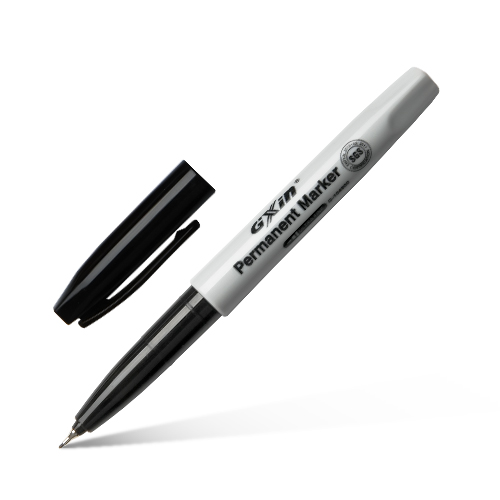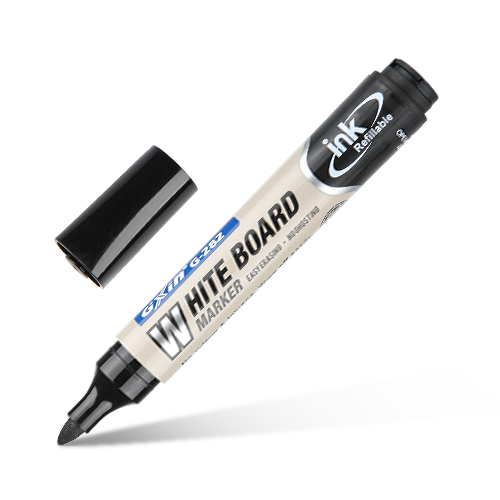
Paint markers are widely used in both industrial and artistic fields, known for their ability to leave bold, opaque lines on various surfaces. But how do they actually work? In this article, we’ll explore the inner mechanics of paint markers—particularly valve-action systems—and explain why they’re so effective for tough environments and precision marking.
What Is a Paint Marker?
A paint marker is a type of marking tool that uses oil-based or water-based pigmented ink, designed to adhere permanently to a wide range of surfaces including metal, glass, plastic, rubber, and wood. Unlike standard markers, paint markers use thicker, more viscous ink and often require a special mechanism to regulate flow.
The Valve-Action Mechanism Explained
Most high-quality paint markers rely on a valve-action system. This means the ink doesn’t flow freely but is released only when the tip is pressed down. Here’s how it works:
- Ink is stored in a pressurized barrel (often sealed tightly to prevent drying).
- When the tip is pressed, a valve opens, allowing ink to move down through a central wick or sponge.
- The nib absorbs the ink and deposits it smoothly on the surface.
This controlled system ensures precision, prevents leaks, and maintains consistent line quality, even with thicker paint.
Why Is the Valve System Important?
The valve mechanism plays a crucial role in:
- Preventing ink overflow (especially with thick, high-pigment paint).
- Extending the pen’s life by reducing premature drying.
- Allowing intermittent use without clogging.
- Improving safety, as the system seals ink from the air when not in use.
It’s especially valued in industrial settings where users need clean and reliable marking on materials like steel, glass, or pipes.
Types of Paint Marker Tips
The tip affects how ink is applied. Common types include:
- Bullet Tip: For general writing and smooth lines.
- Chisel Tip: For calligraphy or wide labeling.
- Extra Broad Tip (15–30mm): For signage, banners, or warning marks.
- Fine Tip: For precision work like circuit boards or small components.
Each tip works with the valve to deliver an appropriate amount of ink, minimizing waste.
Ink Composition and Surface Adherence
Paint marker ink is often made with permanent pigments, binders, and solvents. Depending on the formula:
- Oil-based ink is waterproof and abrasion-resistant.
- Water-based ink is lower in odor and better for indoor or creative use.
- Acrylic-based ink offers vibrant color and flexibility across materials.
Combined with the valve system, these inks adhere firmly even to non-porous, oily, or irregular surfaces.
How to Activate and Use a Paint Marker
New users often wonder why paint markers must be “primed” before use:
- Shake the pen to mix the pigment and medium.
- Press the nib down on paper until the ink flows to the tip.
- Repeat pressing if needed until the ink flows evenly.
This process ensures that the ink is mixed and the valve is ready to deliver consistent flow.
Conclusion: More Than Just a Marker
The effectiveness of a paint marker lies not just in its ink, but in the engineered balance between pressure, valve mechanics, and nib design. Whether you’re labeling industrial parts, creating signage, or making bold artwork, understanding the mechanism helps you choose the right tool for the task.





